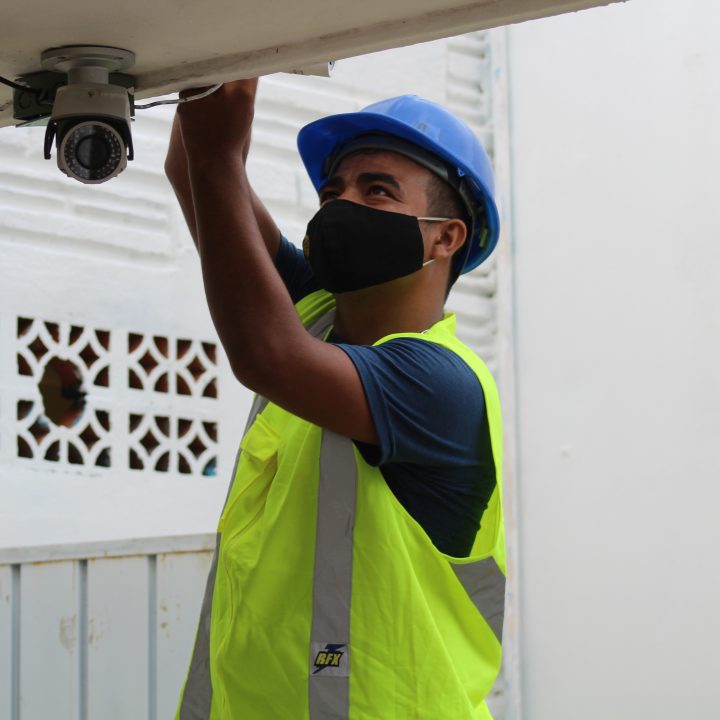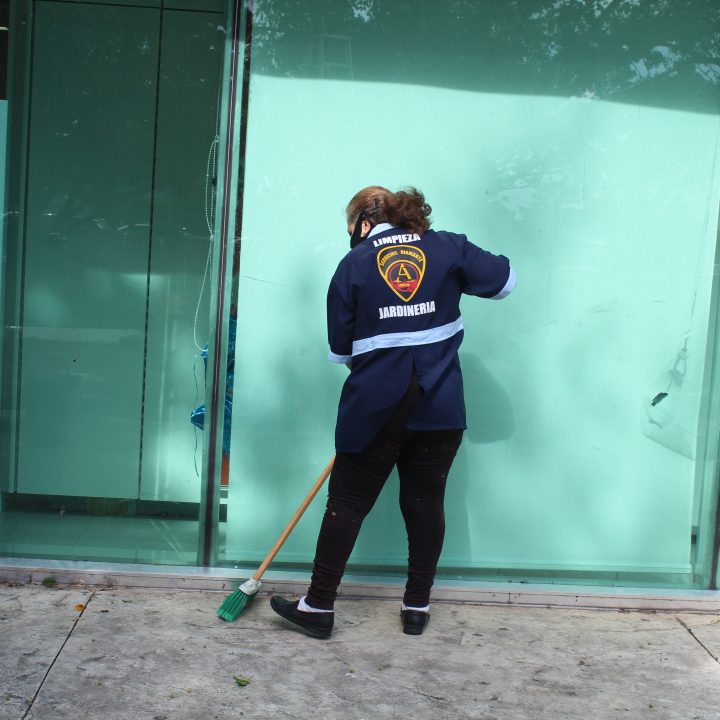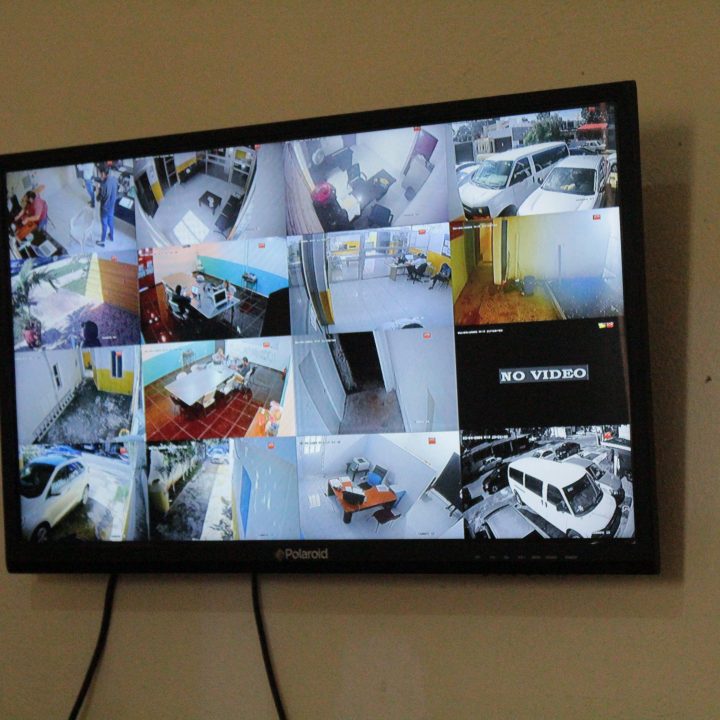Thinking into having fun with video clips treatment and purpose for action into the tomorrow
Similar to the working alliance, the perceived quality of the real relationship was related to using more methods to prepare the patients to the transition (r = .18, p < .05) and perceived positive patient experience (r = .24, p < .01). Age, years of clinical experience, number of patients seen weekly before the pandemic, previous video therapy experience, and views of video therapy before the pandemic were not associated with the perceived quality of alliance or the real relationship in online sessions.
Top-notch worry about-question and you may stress
On average, therapists experienced professional self-doubt sometimes or frequently (M = 2.41, SD = .67, range: 1.11–4.78) in video therapy during the Grande Prairie hookup app pandemic, which is higher than the level of self-doubt experienced by therapists in a prior naturalistic study of PSD (Nissen-Lie et al., 2013 ; t(136) = , p < .0001), but still on the lower end of the 5-point Likert scale. Therapists felt less competent (M = 2.28, SD = .52, range: 1.00–3.00) and less confident (M = 2.15, SD = .56, range: 1.00–3.00) about their professional skills during online compared to in-person sessions. Higher levels of reported professional self-doubt were related to several demographic variables, such as younger age (r = ?.34, p < .001), less clinical experience (r = ?.33, p < .001), and worse perceived patient experience (r = ?.36, p < .001).
Therapists’ anxiety about using video therapy was moderate (M = 2.87, S.D. = .86, range: 1.00–4.83). Similar to professional self-doubt, higher anxiety was associated with female gender (t(137) = 3.24, p < .05), younger age (r = ?.30, p < .001), less clinical experience (r = ?.36, p < .001), smaller number of patients before the pandemic (r = ?.18, p < .05), no previous experience with video therapy (t(138) = 3.63, p < .001), not being licensed yet (t(136) = 3.28, p < .001), perceiving patients as having a negative video therapy experience (r = .27, p < .001).
Overall in our sample, therapists reported somewhat positive attitudes towards video therapy (M = 3.42, SD = 0.50, range: 2.31–4.69). Although their views about video therapy had become more positive since the start of the pandemic (t(140) = 2.06, p < .05); they still thought that video therapy was somewhat less effective compared to in-person therapy (M = 2.19, SD = 0.65, range: 1.00–4.00).
Therapists who held more positive attitudes towards video therapy tended to have previous experience with video therapy (t(142) = 3.53, p < .05) and to have positive perceptions of their patients' online experience (r = .30, p < .001). Higher rated working alliance and real relationship were associated with more positive attitudes towards video therapy (r = ?.34, p < .001 and r = ?.40, p < .001, respectively) whereas professional self-doubt was associated with more negative attitudes (r = ?.34, p < .001).
The sample of therapists as a whole was undecided as to whether they would like to continue using video therapy in the future (i.e. expressed a neutral response on the UTUAT Behavior Intention subscale), with large differences among therapists (M = 3.14, SD = 1.23, range: 1.00–5.00). Therapists who intended to use video therapy in the future were more likely to have prior experience with video therapy (t(138) = 2.91, p < .01), and tended to have positive perceptions of their patients' online experience (r = .32, p < .001).
Come across Dining table 1 for an overview of the fresh new correlations between your standard procedures. The fresh new relational, elite and you can tech-related balances was basically synchronised on requested advice. Specifically, ratings towards real dating and working alliance have been undoubtedly synchronised, and you will elite thinking-question and you will nervousness had been definitely regarding one another but adversely toward reported performing alliance and genuine relationship, proving one therapists having low levels from elite self-question and you will stress claimed a stronger performing alliance and you can real dating with the on line people in pandemic. The new thinking towards and you can intent to utilize videos therapy on future was surely from the critiques of your own operating alliance, and you will genuine dating, and adversely linked to top-notch thinking-doubt and you will stress (pick Desk 1).
In the present cross-sectional questionnaire studies, i lined up to understand more about therapists’ experiences from video clips treatment making the switch regarding when you look at the-person to films training during the pandemic. Even more especially, we examined: 1) Counselor perceptions of your own healing dating (working alliance and genuine matchmaking) for the films coaching versus previous when you look at the-people medication; 2) Counselor depend on into the top-notch ability (top-notch care about-doubt) and you may experienced stress connected with providing video clips treatment; 3) Counselor attitudes on the movies treatment technology generally speaking, together with intends to keep using video clips medication regarding upcoming.
To the introduce attempt, the inner feel guess try Cronbach’s ? = .86. To assess the experienced change in the actual dating given that switch to movies therapy, the second goods try added: “Compared to the during the-person sessions, in my own on line training the brand new healing relationship felt … ” as responded into good three-point Likert measure (step 1 = a great deal more authentic than in-individual, dos = an identical, 3 = faster genuine than in-person).
Efficiency
Women reported higher working alliance in online sessions compared to men (t(137) = 2.18, p < .05), licensed practitioners reported higher alliance score than trainees (t(136) = 2.33, p < .05), and practitioners in North America (USA and Canada) compared to those in Europe (t(137) = 2.08, p < .05). Within the sample, higher online alliance was also reported by those who used a greater variety of methods (as opposed to fewer methods) to prepare patients for the transition (r = .26, p < .01), and those who perceived their patients' experience with video therapy more positively (as opposed to less positively) (r = .32, p < .001).







